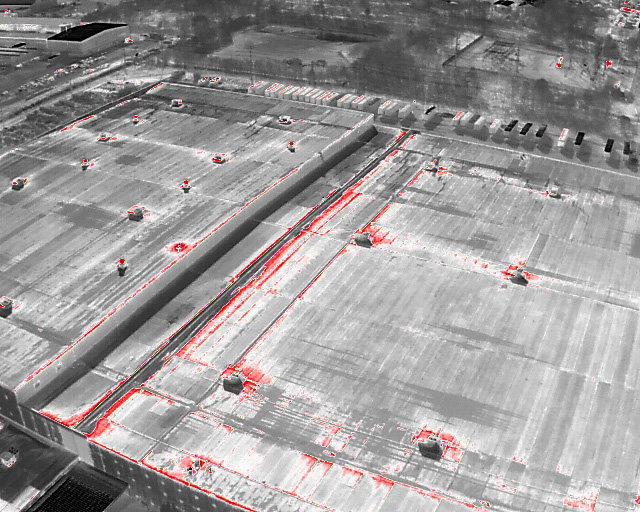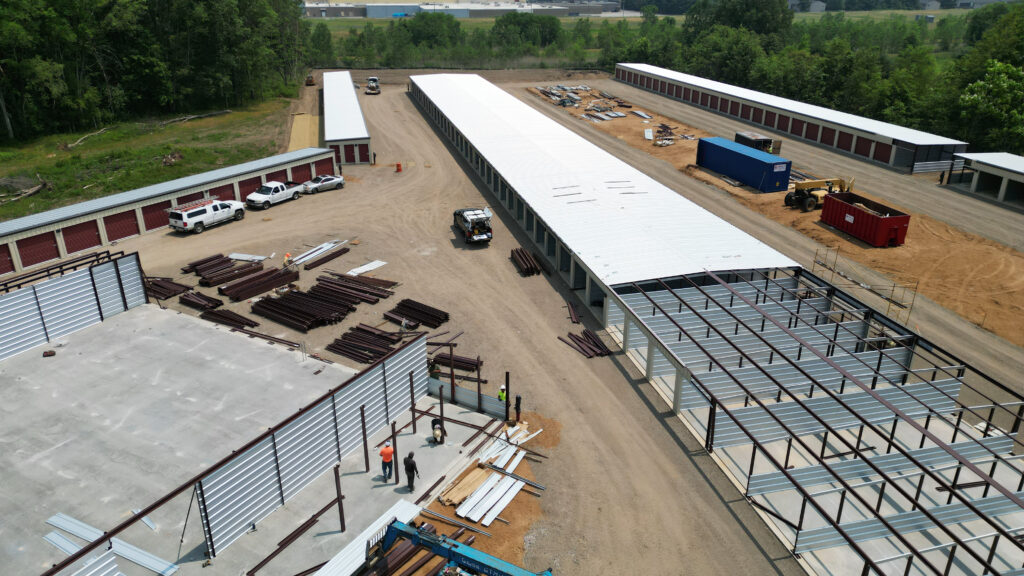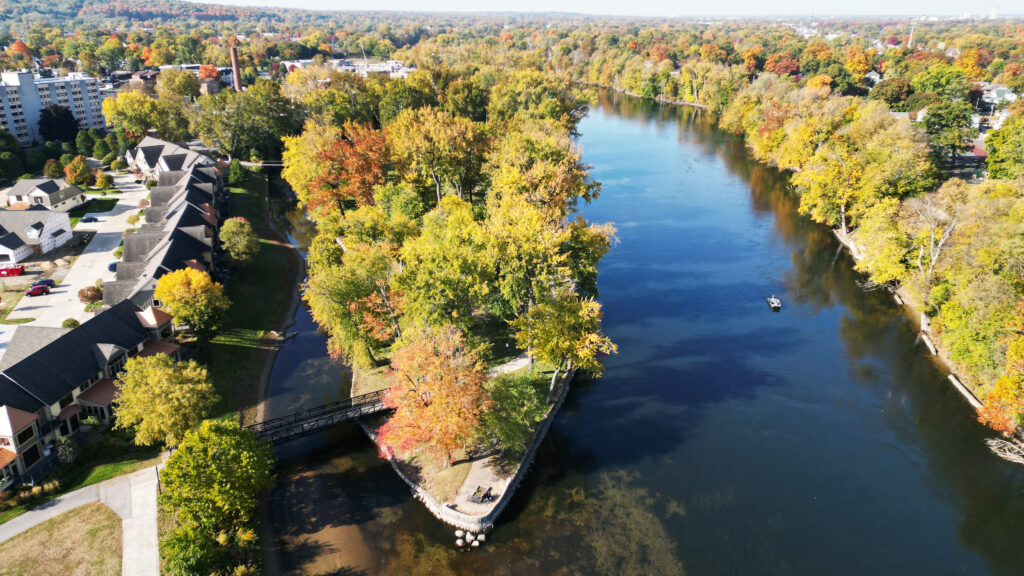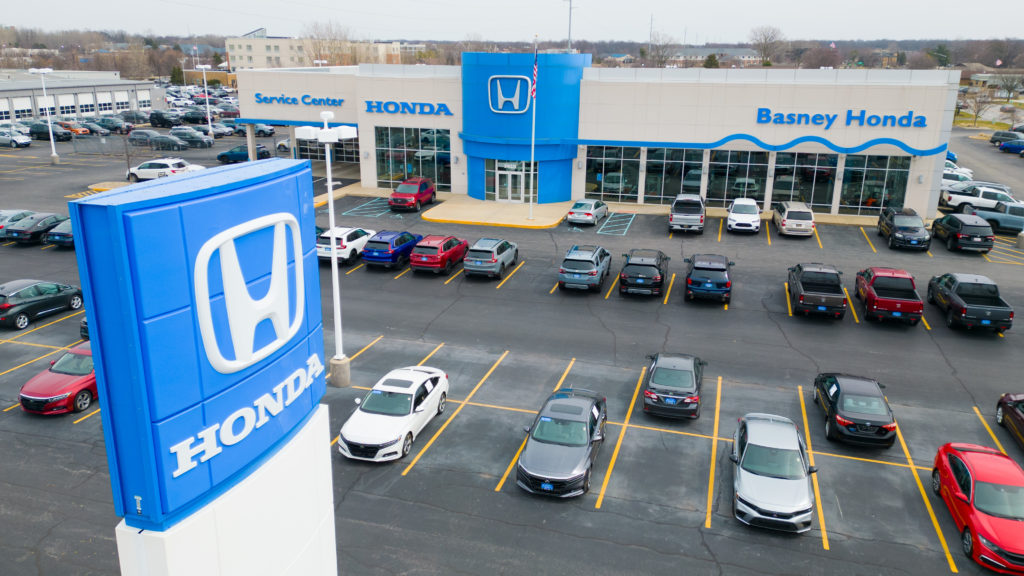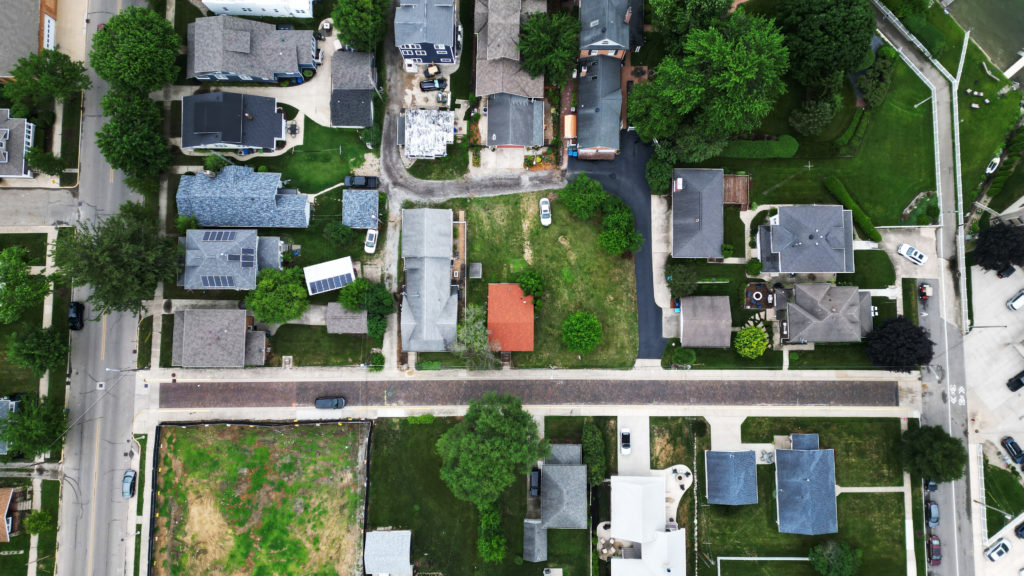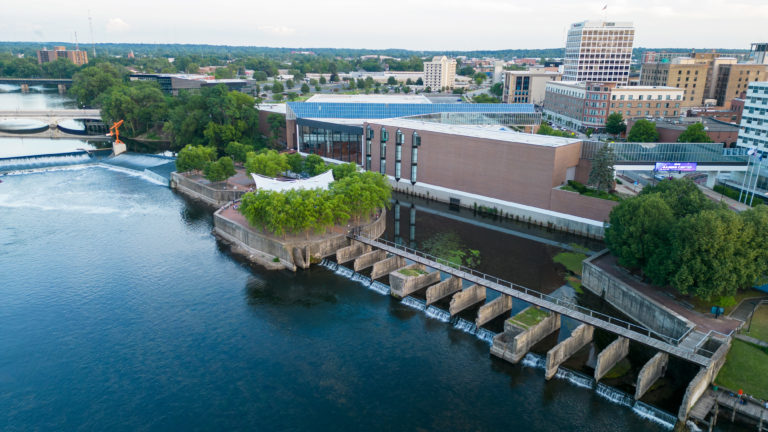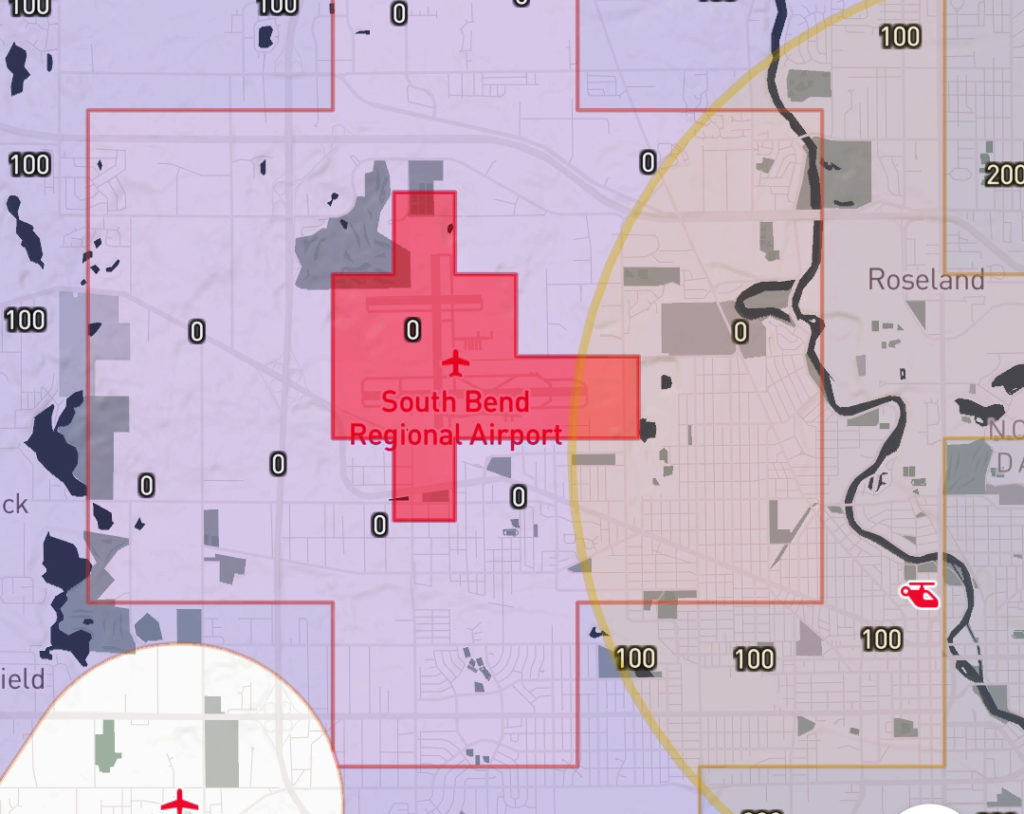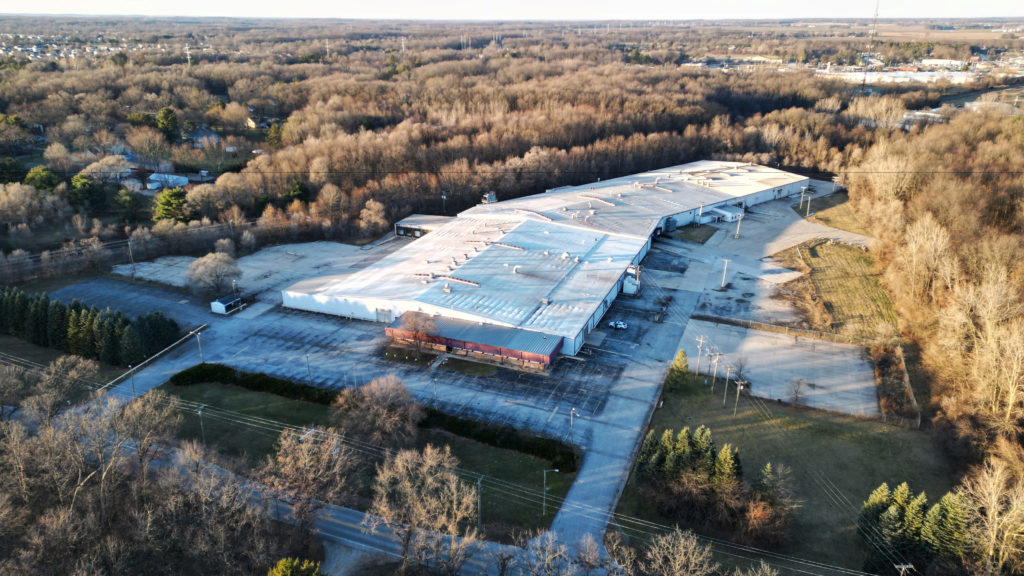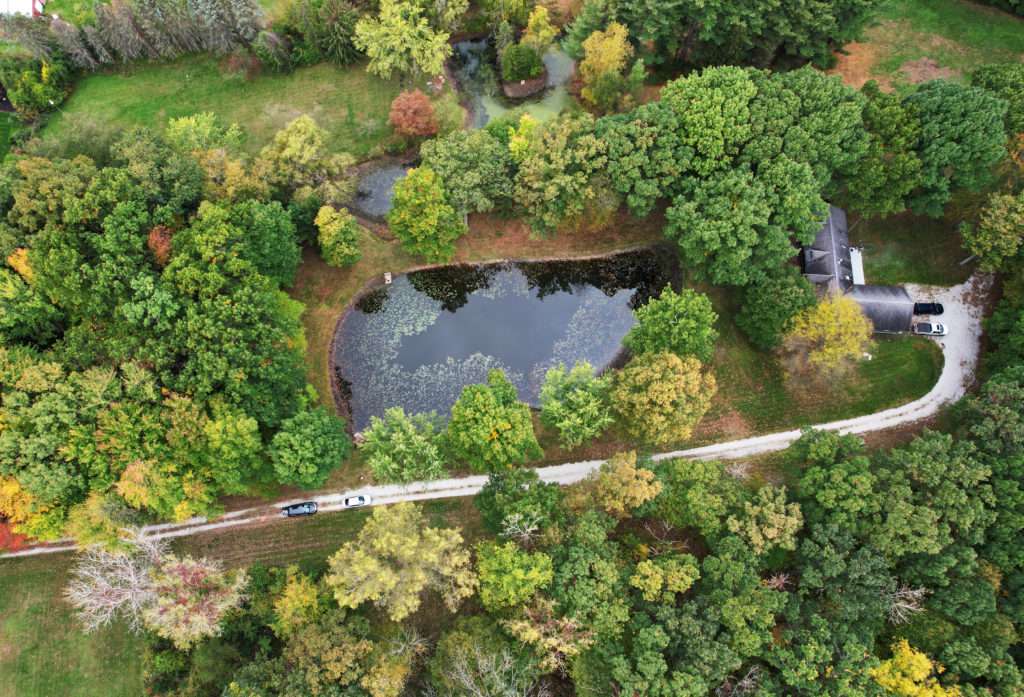How Drones Help Keep Construction Projects On Schedule and Under Budget
In the construction industry, staying on schedule and within budget is critical for project success. Delays and unexpected expenses can disrupt timelines, escalate costs, and even harm a construction company’s reputation. In recent years, drones have emerged as a powerful tool to combat these challenges, providing new ways to monitor progress, manage risks, and optimize resources. Here’s how drones can help construction projects stay on track and minimize costs through regular progress monitoring and advanced data collection.
1. Real-Time Progress Monitoring for Better Project Management
Drones allow construction teams to monitor a project’s progress in real-time by capturing detailed aerial images and videos of the entire site. This constant monitoring helps project managers stay informed on each stage of development, allowing them to compare actual progress with the planned timeline.
If a part of the project is falling behind, drones can quickly capture the issue, enabling managers to address it before it escalates into a costly delay. For example, if certain materials or equipment are missing or improperly placed, drone footage can help identify these issues right away, leading to quick corrective actions. By keeping an eye on the project’s status with real-time data, drones can prevent costly overruns and help meet deadlines.
2. Faster and More Accurate Site Inspections
Traditional site inspections require a significant amount of time and effort, often involving multiple workers and various tools to monitor construction progress. With drones, inspections can be conducted quickly and accurately from the air, capturing a complete view of the site in a fraction of the time. This allows for more frequent inspections without disrupting the work on the ground.
Drones can reach hard-to-access areas and provide a top-down view that offers valuable insights into site layout and structure. By speeding up inspections and ensuring accuracy, drones help project managers identify potential issues early, preventing future delays and keeping the project on track.
3. Reducing Costs Through Efficient Resource Allocation
Construction projects can be expensive, especially if resources are not allocated properly. By using drones to monitor and document resource use, managers can optimize how materials, labor, and equipment are allocated across the site.
For example, drones can be used to track stockpiles of materials, check inventory levels, and identify where equipment is being underutilized or misplaced. This aerial perspective can help managers make data-driven decisions that reduce waste and optimize resources. When resources are managed efficiently, overall costs decrease, keeping the project within budget.
4. Minimizing Risks and Enhancing Site Safety
Construction sites are inherently risky, and accidents can lead to delays and added costs. Drones provide a safer alternative for site inspections, particularly in hazardous or hard-to-reach areas. Rather than sending workers into potentially dangerous situations, drones can be used to monitor high-risk areas from a safe distance.
Additionally, drones can provide a broader view of the site to help identify potential safety risks. For example, they can detect areas with improper fencing, weak structural points, or overcrowded zones that might pose a danger to workers. By improving safety measures, drones help prevent accidents, minimize delays due to injuries, and ultimately save on unexpected costs associated with site safety issues.
5. Enhanced Communication with Stakeholders
Clear communication with stakeholders, such as clients and investors, is essential for keeping a project on track. Drones offer an effective way to keep everyone informed with visual updates that show exactly what’s happening on the ground. Regular aerial footage of the site can be shared with stakeholders to provide a clear picture of project progress without needing them to visit the location.
Visual updates help stakeholders stay engaged and informed, reducing the likelihood of miscommunication or misunderstandings. It also builds confidence and trust in the project, especially if it’s on schedule and within budget. Transparent communication enabled by drone footage can lead to smoother decision-making and less resistance to budget changes or adjustments.
6. Improved Project Documentation and Record-Keeping
Documentation is essential in construction, especially when it comes to tracking project changes, addressing potential disputes, or creating a record of completed work. Drones provide a reliable way to document the project’s progress from start to finish, creating a visual record of each stage.
This comprehensive documentation can be invaluable if disputes arise or if the client has concerns about the timeline or costs. With detailed aerial footage, project managers have an unbiased record that shows the state of the project at any given point in time. This record can also help with future projects by providing insights into best practices and common challenges.
7. Precision and Accuracy in Mapping and Surveying
For large construction projects, accurate mapping and surveying are critical for ensuring that the work is completed as planned. Drones equipped with advanced sensors and GPS technology can create precise 3D maps and topographical surveys. These maps provide accurate measurements, which can be compared to design plans to ensure that everything is on track.
Traditional surveying can be time-consuming and expensive, but drones streamline this process by capturing high-quality data quickly and efficiently. Improved accuracy helps prevent costly rework, saving time and money on materials and labor, and contributes to a more predictable project timeline.
8. Post-Project Analysis and Continuous Improvement
Once a project is completed, drone footage can be used for post-project analysis to review what worked well and what could have been improved. This data can help construction companies refine their processes for future projects, identifying potential efficiencies and areas for cost reduction.
For example, reviewing drone footage might reveal that certain phases of the project were completed faster than others, or that some resources were underutilized. By understanding these patterns, companies can continuously improve their project management strategies, leading to even better time and cost savings in the future.
Conclusion
Drones have revolutionized the construction industry, providing an innovative way to keep projects on schedule and within budget. From real-time monitoring and accurate inspections to improved safety and enhanced communication, drones offer a comprehensive solution to many of the challenges that construction teams face.
By integrating drone technology into their workflows, construction companies can streamline their processes, make better-informed decisions, and minimize the risk of costly delays and overruns. At Bender Drone Services, we’re committed to helping construction teams harness the power of drones to deliver projects efficiently and cost-effectively. Contact us today to learn more about how drone technology can benefit your next construction project.


